
INTRODUCTION
Very frankly, I have never tasted a piece of Castella cake or Japanese Kasutera honey sponge cake before. However, the pictures in the internet always captured my attention.. It looks like a moist, dense but tasty cake..
I goggled the recipes and most recipes are the same using small quantities of honey, eggs, bread flour and sugar. No oil are used and it does fall under the western cake categorization of “sponge cake”..
Since most of the recipes are the same, I took one from the Japanese Cook pad.com and started baking it.. It came out a nice cake.. However, I do not know why it doesn’t look like the picture of commercially sold Castella cakes.. Apparently, it is not as compact but fluffier. That lead me to believe that commercially sold Castella definitely have a different recipe from the common recipes circulating in the internet..
Could it be due to:
-
Some fats or oil are added;
-
Only egg yolks are used to make it moister and tastier;
-
The addition of condensed milk to enhance the binding of the cake;
-
Use of low protein flour instead of bread flour to enhance the fineness and texture of the cake;
-
Use of traditional wooden frame for baking and normal baking pan are too hot for the cake; .
-
Use of water bath method to enhance the moistures of the cake?
There are just too many possibilities for me to guess and try out.. Of course the answer will not be easily available since it will definitely be considered as a trade secret among the industry players. Updated: After issuance of this post, subsequent reviews of recipes in Chinese blogs shows that there are many modified version and most versions have added melted butter, milk and use of low protein powder. Some have added ovalette at all As such it looks different from this illustration. Again this illustration is based on traditional recipes that do not have any fats and milk that falls under sponge cake categorization. Those that uses butter will become a mix of shortened cake and sponge cake.
Much have been said about this cake and it seems many bloggers have failed many times before successfully baking one.. I am unsure if my cake was considered as failed or passed.. Shrinkage is minimal or not noticeable at all, colour tone looked okay, texture is fluffy and it tasted exactly like a mirin flavoured baked sponge cake..I will leave it to the readers to decide if this bake is considered as successful or not…
Per Wikipedia:
“Castella (カステラ Kasutera?) is a popular Japanese sponge cake made of sugar, flour, eggs, and starch syrup. Now a specialty of Nagasaki, the cake was brought to Japan by Portuguese merchants in the 16th century. The name is derived from Portuguese Pão de Castela, meaning “bread from Castile“. Castella cake is usually sold in long boxes, with the cake inside being approximately 27 cm long. It is somewhat similar to Madeira cake, also associated with Portugal, but its closest relative is pão-de-ló, also a Portuguese cake.” (Source: http://en.wikipedia.org/wiki/Castella)
WHAT IS REQUIRED
Recipe adapted from: Moist, Authentic, Quality Homemade Castella Cake Recipe
Servings: One 16cm x 24 cm x 8 cm rectangular loaf
-
4 eggs
-
100 grams of white sugar
-
100 grams of bread flour or high protein flour
-
2 tablespoons of honey
-
2 tablespoons of Mirin or Japanese cooking wine (substitute with milk)
STEPS OF PREPARATION
-
Pre-heat the oven to 180 degree Celsius.
-
Greased the pan lightly and line the baking pan with parchment paper.
-
Put the mirin and honey in a microwavable bowl, microwave for 10 seconds or until the honey dissolves in the warm mirin.
-
Crack the eggs in a mixing bowl of a stand mixer, beat at medium speed until bubbly. Add sugar tablespoon by tablespoon.
-
Continue beating at high speed until the egg batter expands to at least double in size and form ribbon stage (took about 10 minutes). Ribbon stage means when you took out the whisker, the egg batter drips down slowly rather than flows down rapidly. Add the warm honey mixture gradually and use the mixer’s lowest speed to “beat” for 30 seconds until well combined.
-
Sift in 1/3 of the bread flour, fold quickly until well combined. Perform the same for the remaining 2/3 of the bread flour. Fold until well combined and no lumps noted.
-
Pour the batter to the baking tin from as high as possible to minimize trapped air bubbles. Tap the baking tin three times on the table to push out any trapped air bubbles.
-
Put the baking tin to the oven, reduce the temperature to 170 degree Celsius and bake for 10 minutes. After 10 minutes, reduce the temperature to 140 degree Celsius and continue baking for another 40 minutes.
-
For a moist and denser cake, once the cake is out of oven, take out the cake and wrap with a piece of clingy wrap. Leave it in room temperature for 1-2 days. Cut using a sharp serrated knife.
Note:
-
Traditional Castella are prepared using special wooden frame. It is believed that normal baking tin is too hot for this cake. To ensure even rising, you can try to wrap a wet towel around the baking tin and continue baking. Alternatively, there are bakers who use paper boxes, wrapped it with 2 layers of aluminium foils followed by lining with parchment paper. If you prefer, you can try this method.
-
This recipe’s temperature will ensure quite even browning. However, if your top browns too quickly, quickly put some aluminium foil on top of the baking tin.
CONCLUSION
Again, I am unsure how you viewed my Castella cake. If you considered as successful, I can tell you it is not a difficult cake to prepare. The critical areas are egg beating until ribbon stage and folding to well mixed.. I will update the recipe if I managed to find one that is different and worth trying..Lastly, not forgetting to mention that this is a very healthy oil less cake full of Mirin and honey flavour… No Mirin, no worry, substitute with fresh milk will do.
Hope you like the post today. Cheers and have a nice day.
-
For more recipes, you can refer to my RECIPE INDEX (updated as at 26 November 2014) here and you can follow me at PINTEREST or visit the blog’s FACEBOOK PAGE to keep abreast of my future posts. Also follow me at INSTAGRAM or TSU, a new social network for some more personal sharing other than recipes.
-
If you are a Pinterest user and you are interested to have more recipes, you can join or follow this Pinterest Board set up by me where there are more than 2600 recipes worldwide and pinned by various bloggers: FOOD BLOGGERS AND FOODIES UNITED PINTEREST BOARD.
Comments are closed



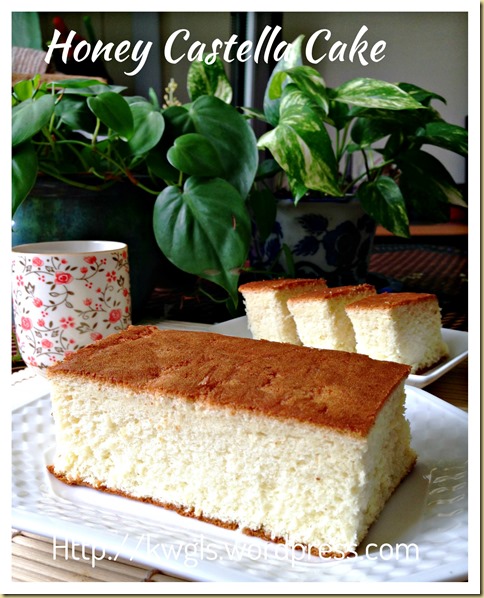









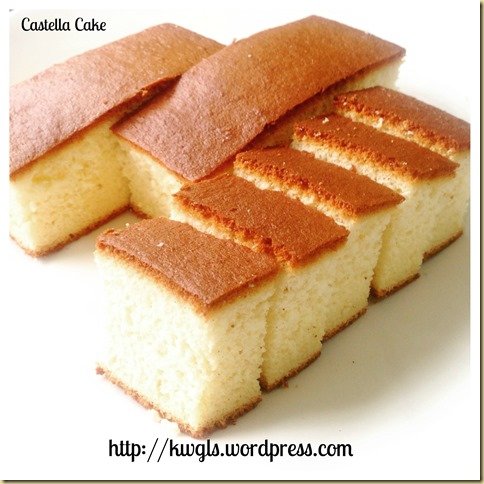



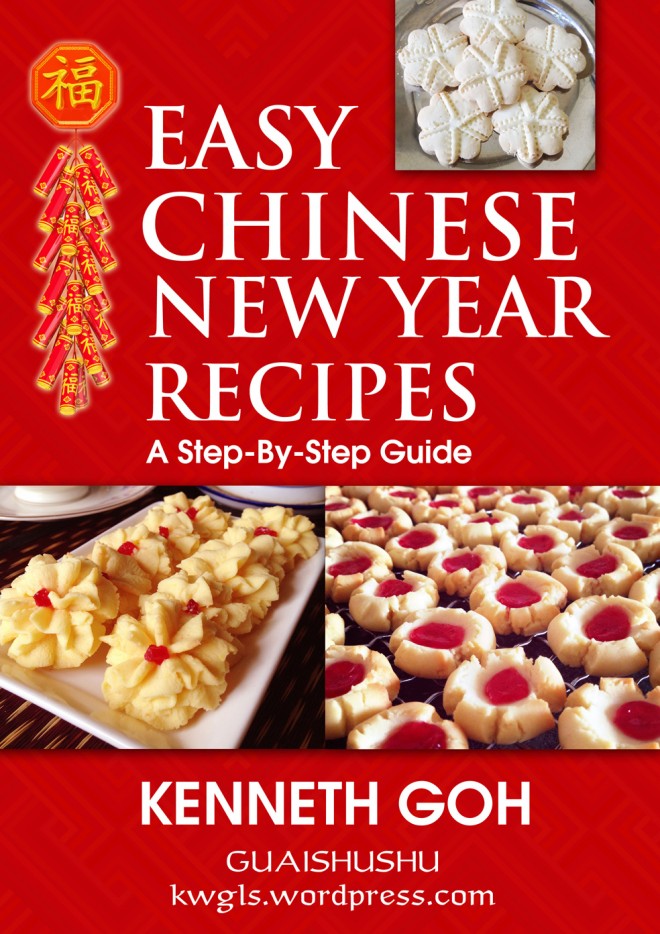
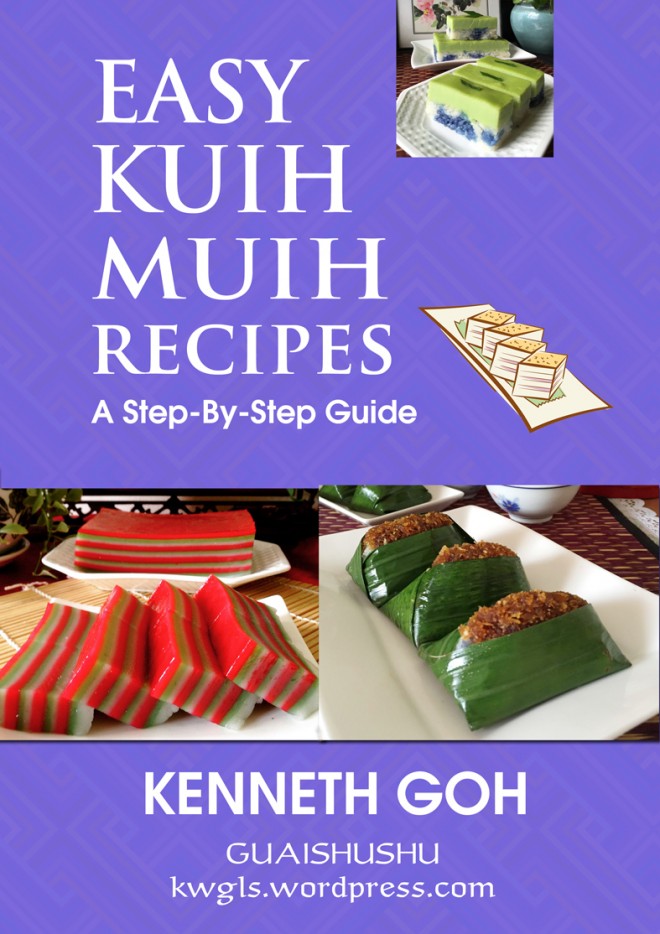
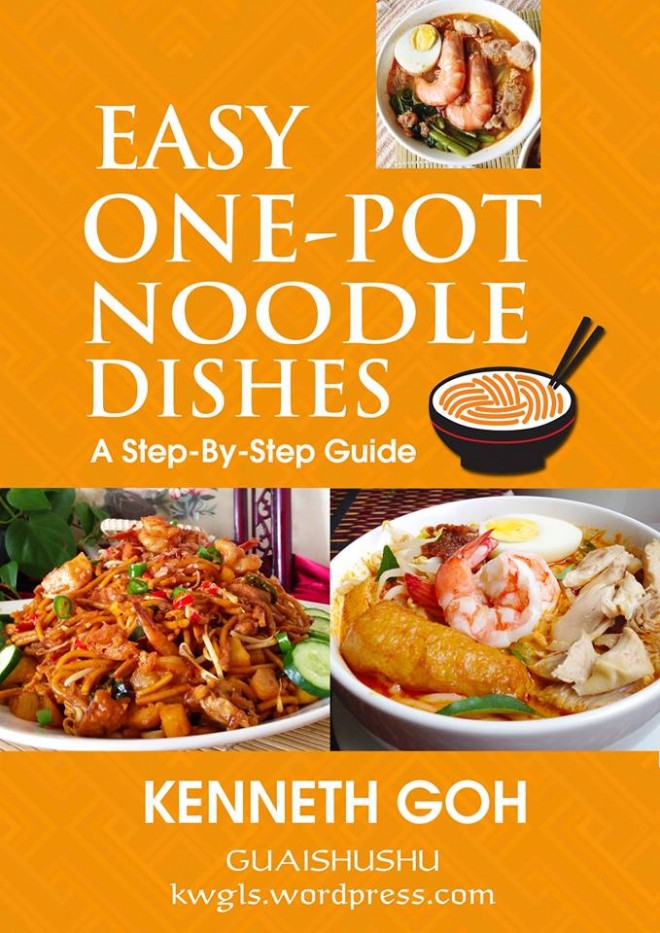
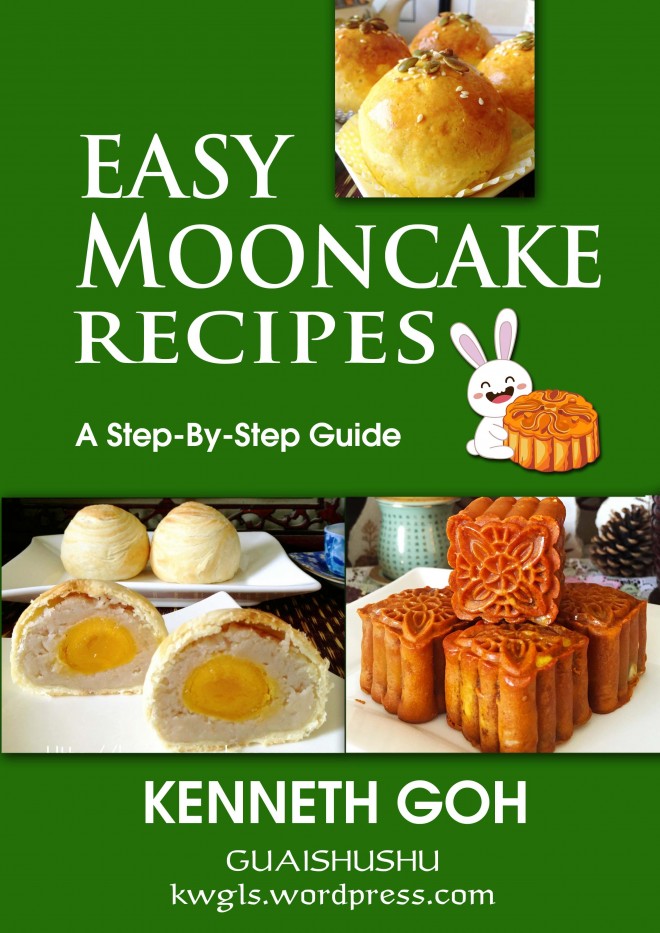
Hi Kenneth
Just a couple of questions.
– Should we bake this in medium or lower tray in the oven?
– Oven on fan mode or conventional mode?
– Do we wrap baked cake in clingy wrap immediately once it’s out of the oven or wait till cool?
Thanks for your advice. ?
Rachel
The answers are:
– best in medium
– Fan mode
– immediately when out of the oven so that moisture will not lost